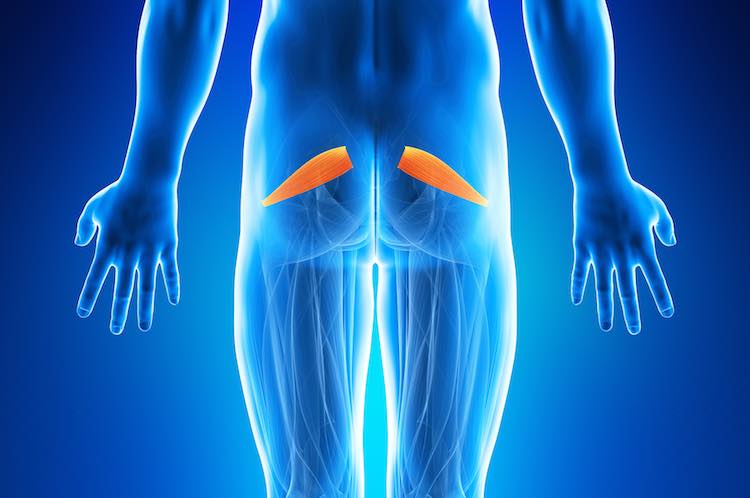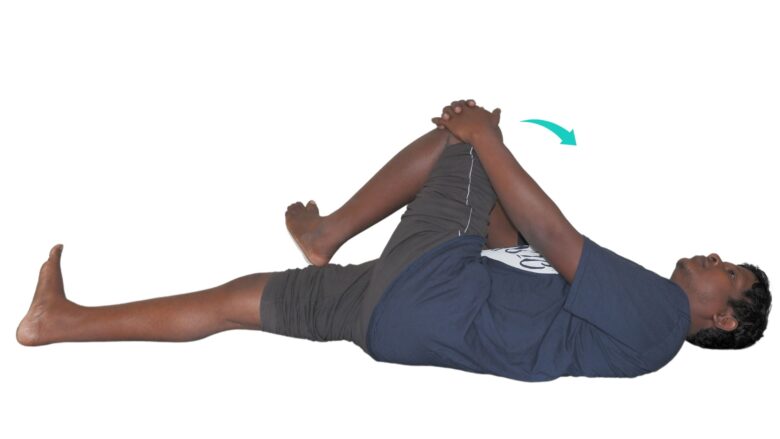If you’re among the millions of people suffering from piriformis, you’re aware of how severe it can become. The numbness, pain, burning, or shooting sensations that can be felt in your hips, buttocks, or thighs may make your daily tasks seem impossible, making us wake up at the end of the night no matter the method we use to change our sleeping posture.
It’s not necessary to tackle this challenge alone. Join me in conquering the pain of piriformis and getting the complete knowledge of how to treat piriformis syndrome quickly.
Let’s first examine the signs of piriformis syndrome. When you suffer from an attack, it is possible that you might be suffering from any combination of these symptoms:
- Feeling uncomfortable after sitting for longer than 15 or 20 minutes.
- The pain and discomfort is localized to the buttock region
- The pain radiates to the posterior side of the leg
- Feelings of numbness or tingling in the buttock or the lower leg’s back
- Pain or discomfort during walking
- Abdominal, pelvic, or groin pains that could be accompanied by other signs
Let’s first look closer at the signs of piriformis syndrome. In the course of an attack, you could be suffering from any of these symptoms.

Source: mydr.com.au
It is important to think about your previous experiences to pinpoint the possible causes:
- Injuries: Have you been injured in a fall or accident that might have affected your hips, buttocks, or legs?
- Problem The piriformis muscle weak enough to support you in tasks like walking, climbing stairs, or running?
- Inactivity Are you living an active lifestyle that has led to muscles that are tight?
- Incorrect Lifting: Have been lifting objects that are heavy improperly and could have caused injury to the piriformis muscle?
- Insufficient Warm-Up and Stretching: Do you not warm your body before working out and ignore proper stretching afterward?
- Excessive exercise: Are you doing repetitive or excessive exercises, like long-distance running?
- Long-term Sitting: Do you sit for long periods of time particularly if you have the largest wallet in your pocket that is directly behind the piriformis?
Reviewing your previous experiences is essential to determine the root causes of your issues:
- Injuries: Have you suffered a fall or been injured in an incident that may be affecting your buttocks, hips, or legs?
- Muscles in your gluteal area are weak: Do you have a weak piriformis muscle to support your activities, such as climbing stairs, walking, or running?
- Inactivity: Have you experienced an uninvolved lifestyle that caused tight muscles?
- Poor lifting technique: Did you lift weighty objects in a way that was not done correctly, resulting in injuries to your piriformis muscles?
- Insufficient warm-up and stretching: Do you skimp warm-up exercises prior to your workouts, and do not take care to stretch properly after your workout?
- Overexertion: Are you involved in repetitive or excessive sports like long-distance running hill-running or cycling on the steep slopes?
- Long-term sitting: Do you have hours sitting down, particularly with a large purse in the back of your pocket that is hidden behind that piriformis muscle?
Let’s review the underlying causes of these seven situations:

Source: innovativepainandwellness.com
- Pain triggered by external influences
- Extremely tight muscles
- Weak muscles
The three main factors listed above provide the cause of piriformis pain. By addressing these areas slowly and addressing them, we can get long-lasting relief from discomfort.
There’s not a moment to waste. Let’s look at ways to speedily relieve piriformis syndrome.
Contents
Step 1: Instant relief
- Relax: Stop any activities that can cause discomfort and let your body have enough rest. Include short breaks if are working a standing or sedentary job.
- Therapy with heat and ice: Apply ice as soon as you have finished exercising your gluteal muscles to avoid aggravation of symptoms. When symptoms start to manifest and heal, heat therapy can help by increasing blood flow.
- Treatment If pain becomes unbearable: Take anti-inflammatory medications or look into corticosteroid injections. The treatment of piriformis pain is a mid to long-term goal, therefore there’s no reason to endure the discomfort and not sleep which could lead to an endless cycle. If the pain becomes too much There are temporary solutions to relieve it.
- Muscle relaxants: Using muscle relaxants can help relieve muscle tension.
Step 2: Continued Effort
1. Traditional methods of healing
Cupping: This method utilizes negative pressure to release tight muscles. When you’ve finished cupping, it’s possible that you could notice black or purple spots on the skin that usually take between 1-2 weeks to heal. In addition, it should be used in conjunction with strengthening and stretching exercises for your abdominal and core muscles.
Physical therapists begin by massaging the gluteal muscles, and afterward, they adjust the muscles overall using your hands (stretching). If you practice it consistently, the majority of patients’ piriformis pain disappears. If you’re looking for an approach that is more proactive to treating, you may use the following tools in addition to your professional treatment.
2. Acu-hump
This cutting-edge tool blends the benefits of acupressure massage and stretching exercises that target those trigger areas of piriformis as well as breaking down knots in the muscles of the buttocks.
It also comes with an individualized stretching routine that requires only 10 minutes to loosen the piriformis muscle and its surrounding groups.
Step 3: Changing your lifestyle

- Beware of triggers: Find those activities that cause piriformis to worsen (e.g. hill running) and look for alternative types of exercise to avoid further flare-ups.
- Increase the strength of gluteal muscles by engaging in exercises that are specifically targeted at strengthening the gluteal muscles.
- Reduce intensity of activity: Go for activities that require less effort, such as taking a swim instead of running. climb steps with your other leg at a slower pace and do low-intensity exercises in the gym.
After reading this article, I’m sure you have some thoughts on ways to heal the piriformis disorder quickly. Click here to download an in-depth Piriformis Syndrome Stretch PDF and access exercises to improve your hips.
In the end, though Piriformis syndrome is often difficult to treat, however, it’s not impossible to make symptoms go away and prevent any future flare-ups.
The complete stretching program using Acu-hump and making the necessary lifestyle changes will speed up your recovery and restore normal functioning.
If you’re suffering from persistent or worsening symptoms, it’s important to pay attention to your body’s signals and seek out professional guidance. Be in charge of your health and begin your journey toward recovery from piriformis today!
